Socotra's frankincense branches: Gerry and Bonni, CC BY 2.0, via Flickr @ https://www.flickr.com/photos/gerr-bon/6408183409/
Boswellia ameero, another of Socotra's endemic frankincense trees: H.O. Forbes-Natural History (1903), p. 461, Public Domain, via Biodiversity Heritage Library @ https://www.biodiversitylibrary.org/page/24884726
Socotran Archipelago in Arabian Sea sector of Indian Ocean: Central Intelligence Agency, Public Domain, via Wikimedia Commons @ http://en.wikipedia.org/wiki/File:Somali_map.jpg
Boswellia ameero: Isaac Bayley Balfour-"Botany" (1888), Tab. IX, Public Domain, via Biodiversity Heritage Library @ http://biodiversitylibrary.org/page/41401512
Socotra's camels are fond of frankincense tree's branches, leaves, and twigs: Gerry and Bonni, CC BY 2.0, via Flickr @ https://www.flickr.com/photos/gerr-bon/6408239431/
Boswellia elongata: Isaac Bayley Balfour-"Botany" (1888), Tab. X, Public Domain, via Internet Archive @ https://archive.org/details/transactionsofro311888roy/page/n570/mode/1up?view=theater
Socotra: Isaac Bayley Balfour-"Botany" (1888), frontispiece, Public Domain, via Biodiversity Heritage Library@ https://www.biodiversitylibrary.org/page/41400959
Socotra frankincense flowers and fruit: Isaac Bayley Balfour-"Botany" (1888), Tab. XI, Public Domain, via Biodiversity Heritage Library @ https://www.biodiversitylibrary.org/page/41401520
1899 photo by Captain H.E. Rosengreen: Richard von Wettstein-Sokótra 1905, p30, Public Domain, via Internet Archive @ https://archive.org/details/Soktra1905/page/n21/mode/2up?view=theater
Socotra frankincense tree (left, foreground) with Adenium (center): HO Forbes-Natural History (1903), p. xli, Public Domain, via Biodiversity Heritage Library @ https://www.biodiversitylibrary.org/page/24884197
Scops socotranus: engraving by Bale & Danielsson, Ltd. after an original by Henrik Grönvold (1858–1940): HO Forbes-Natural History (1903), Plate V (p69), Public Domain, via Biodiversity Heritage Library @ https://www.biodiversitylibrary.org/page/24884298
Phoenix rising from its fiery ashes: Aberdeen Bestiary illuminated manuscript, ca. 12th century, Public Domain, via Wikimedia Commons @ https://en.wikipedia.org/wiki/File:Phoenix_detail_from_Aberdeen_Bestiary.jpg
Phoenix, risen from its ashes, between two trees, frankincense and myrrh: Aberdeen Bestiary, Public Domain, via Wikimedia Commons @ https://en.wikipedia.org/wiki/File:Phoenix_rising_from_its_ashes.jpg
illustration/lithograph by John Green: HO Forbes-Natural History (1903), Plate VIII (p99), Public Domain, via Internet Archive @ https://archive.org/details/naturalhistoryof00forb/page/99/mode/1up?view=theater
Socotra's aloe: Gerry and Bonni, CC BY 2.0, via Flickr @ https://www.flickr.com/photos/gerr-bon/6407177435/
Yemeni riches: frankincense, gold, oil: snotch, Public Domain, via Wikimedia Commons @ https://en.wikipedia.org/wiki/File:Frankincense_2005-12-31.jpg


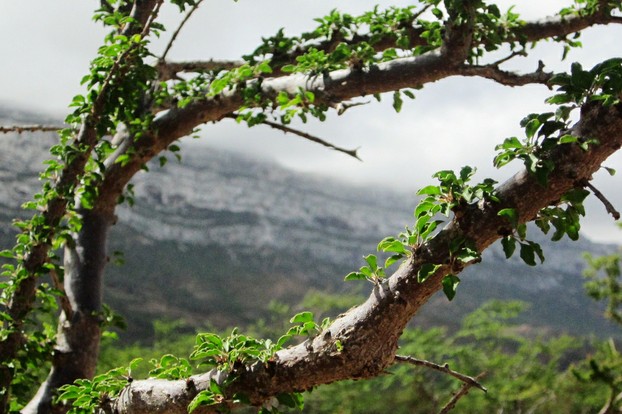
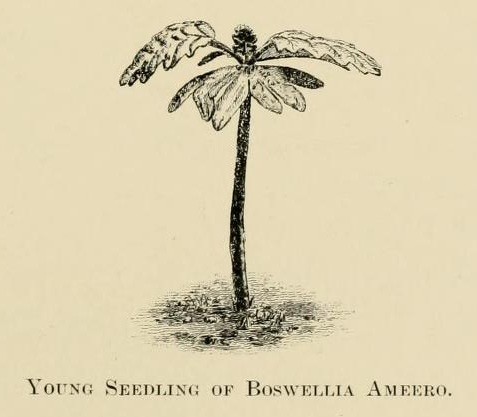
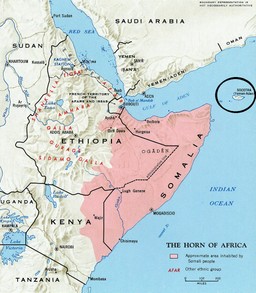
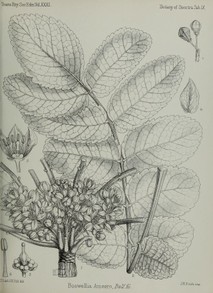
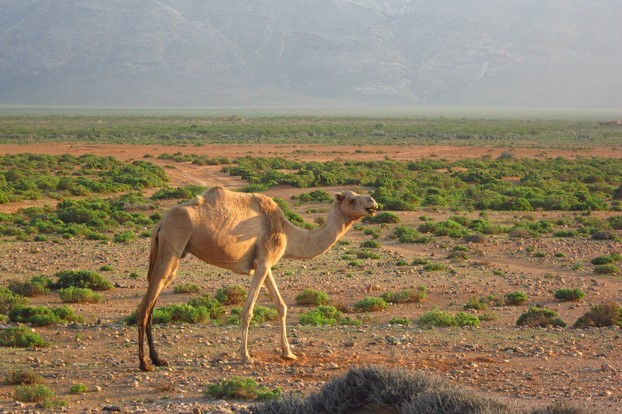
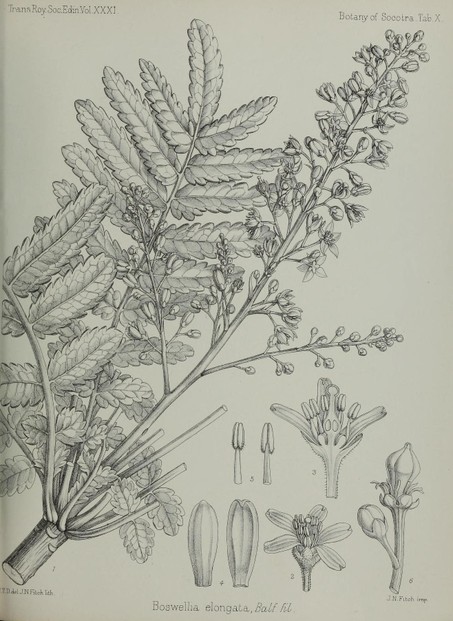
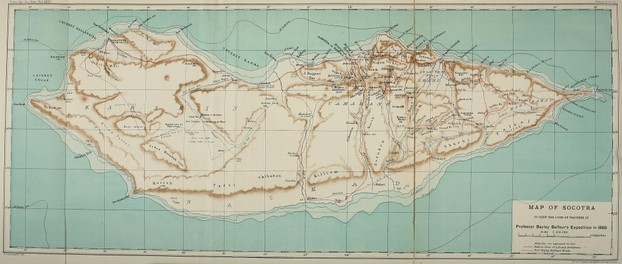
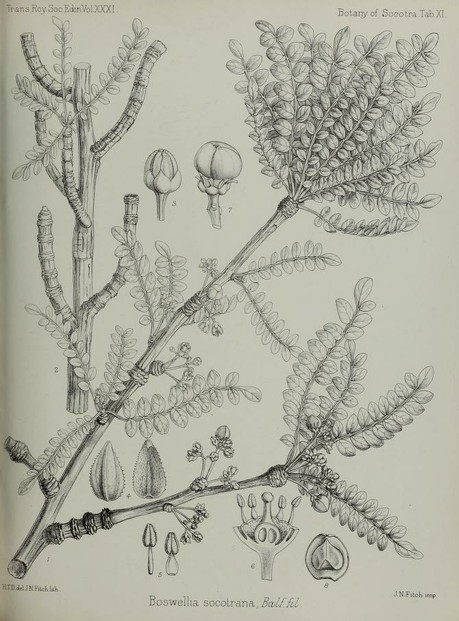
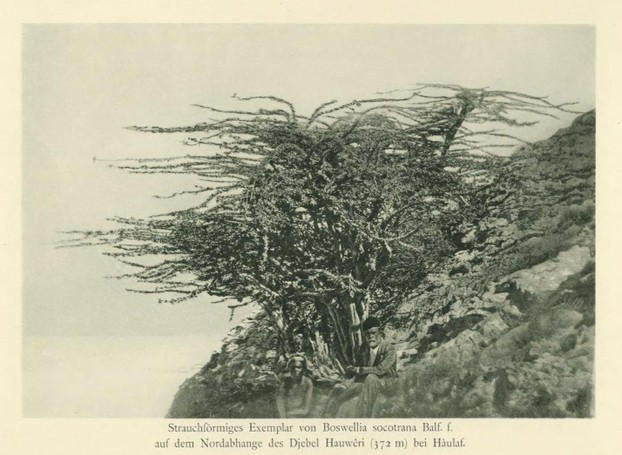
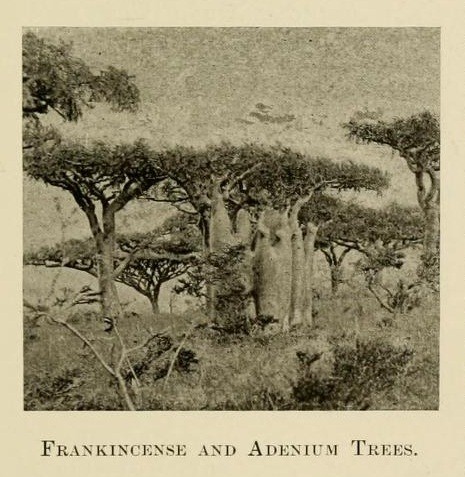
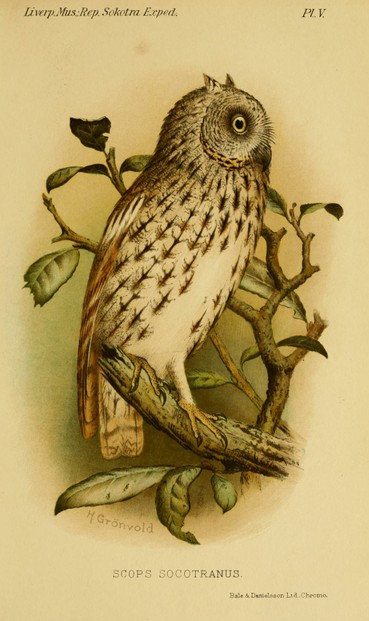
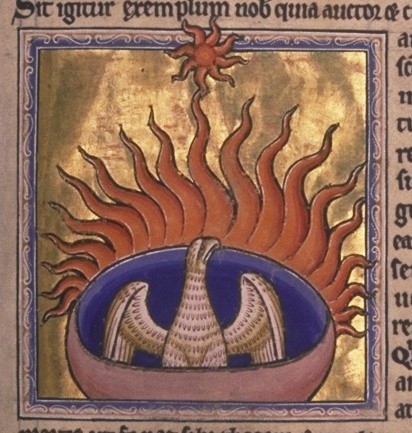
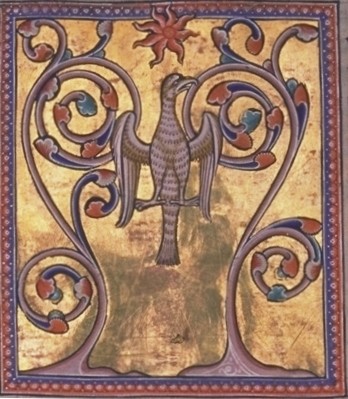
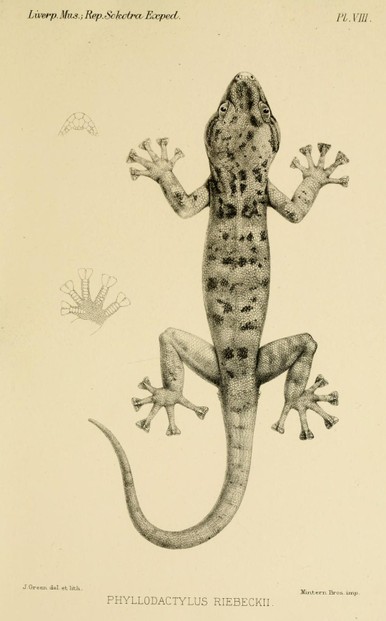
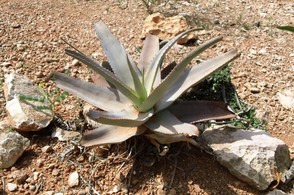
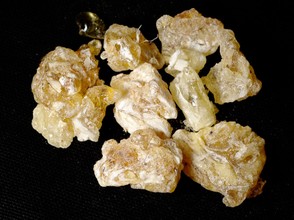


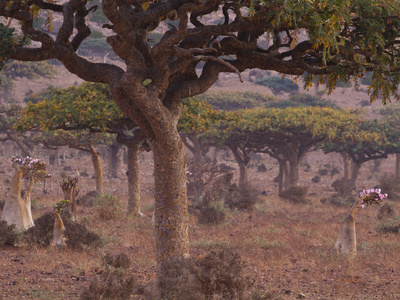
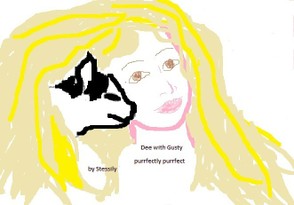
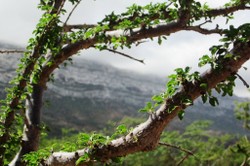

 Mailing Addresses for 2023 Form 4868 Extending 1040 and 1040SR April 15, 2024, Due Date12 days ago
Mailing Addresses for 2023 Form 4868 Extending 1040 and 1040SR April 15, 2024, Due Date12 days ago
 Mailing Addresses for 2023 Forms 1040 and 1040SR Filed in 202412 days ago
Mailing Addresses for 2023 Forms 1040 and 1040SR Filed in 202412 days ago
 Mailing Addresses for 2022 Form 4868 Extending 1040 and 1040SR April 18, 2023, Due Dateon 04/13/2023
Mailing Addresses for 2022 Form 4868 Extending 1040 and 1040SR April 18, 2023, Due Dateon 04/13/2023
 Mailing Addresses for 2022 Forms 1040 and 1040SR Filed in 2023on 04/13/2023
Mailing Addresses for 2022 Forms 1040 and 1040SR Filed in 2023on 04/13/2023

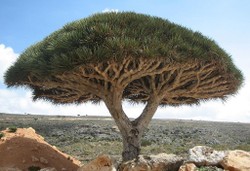
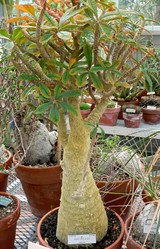
Comments